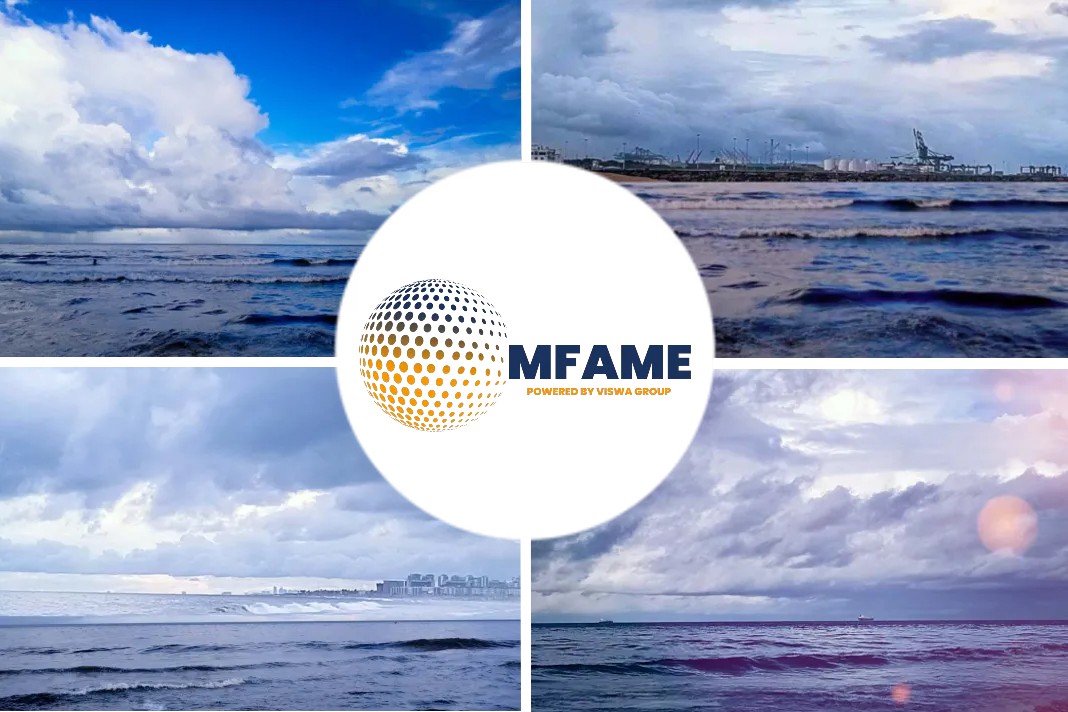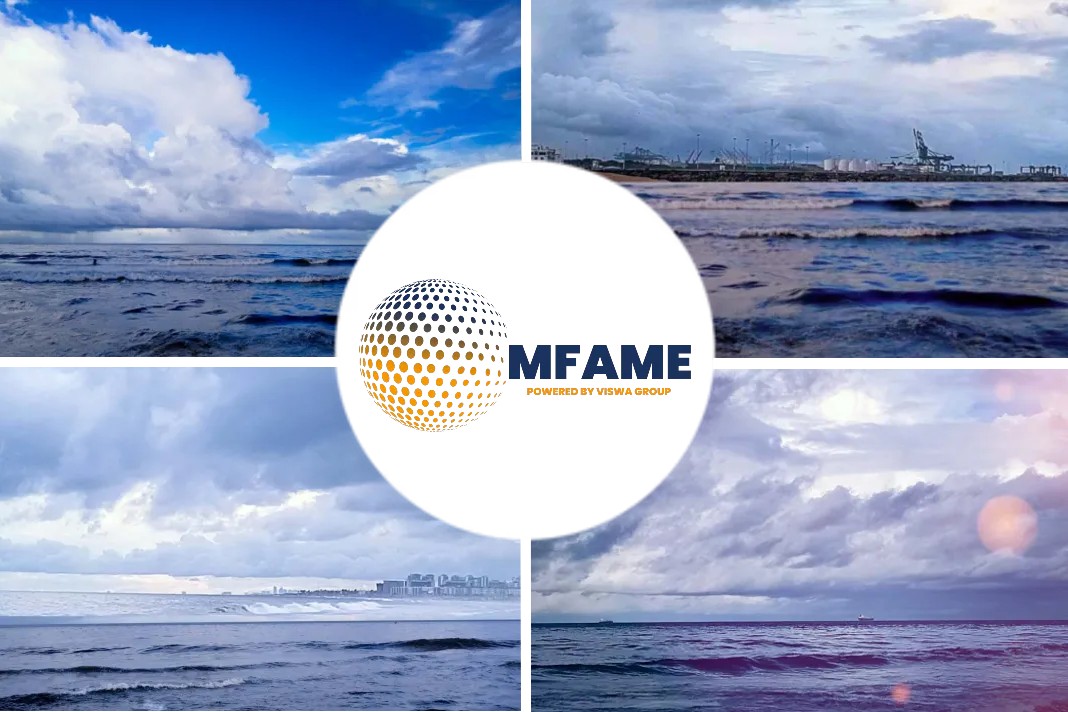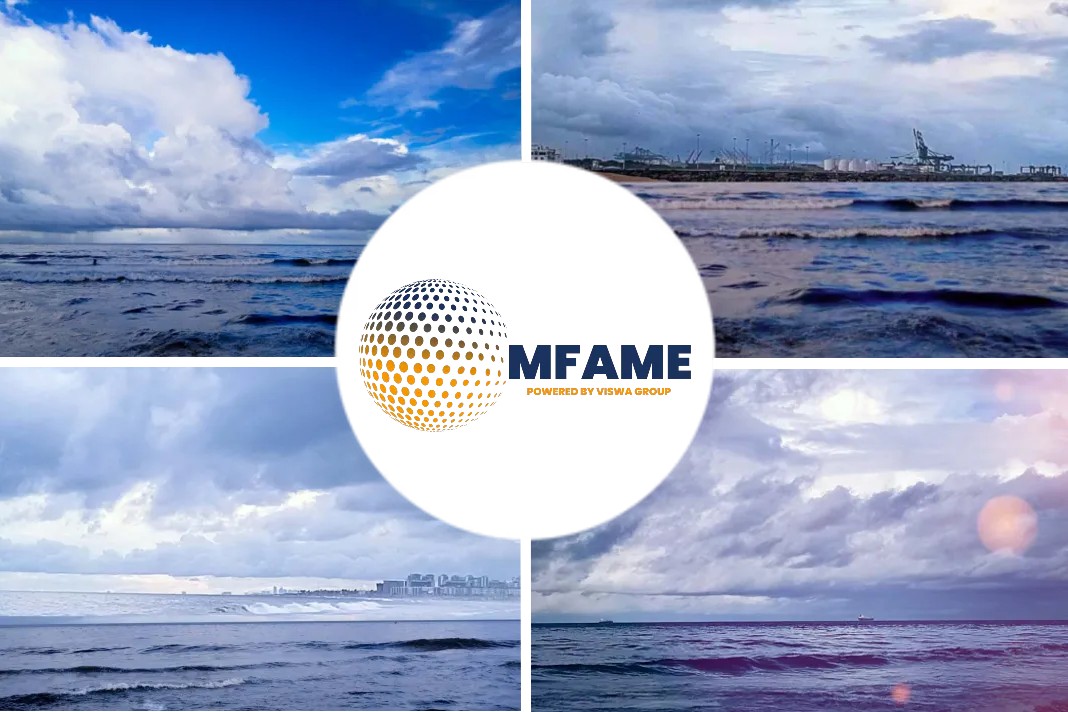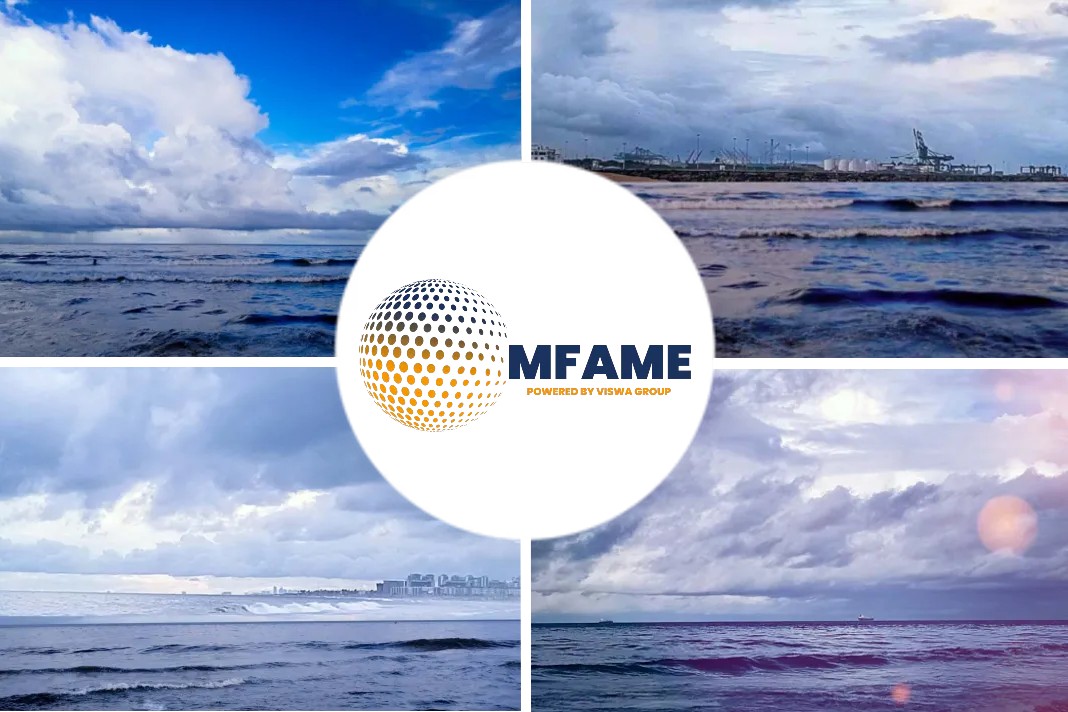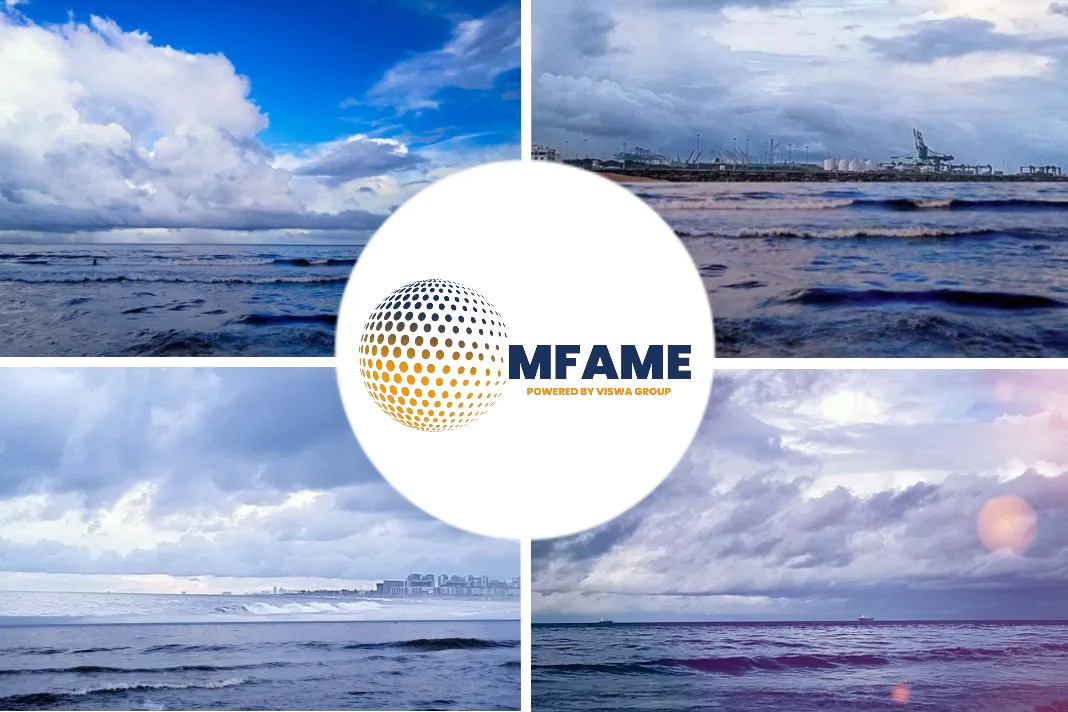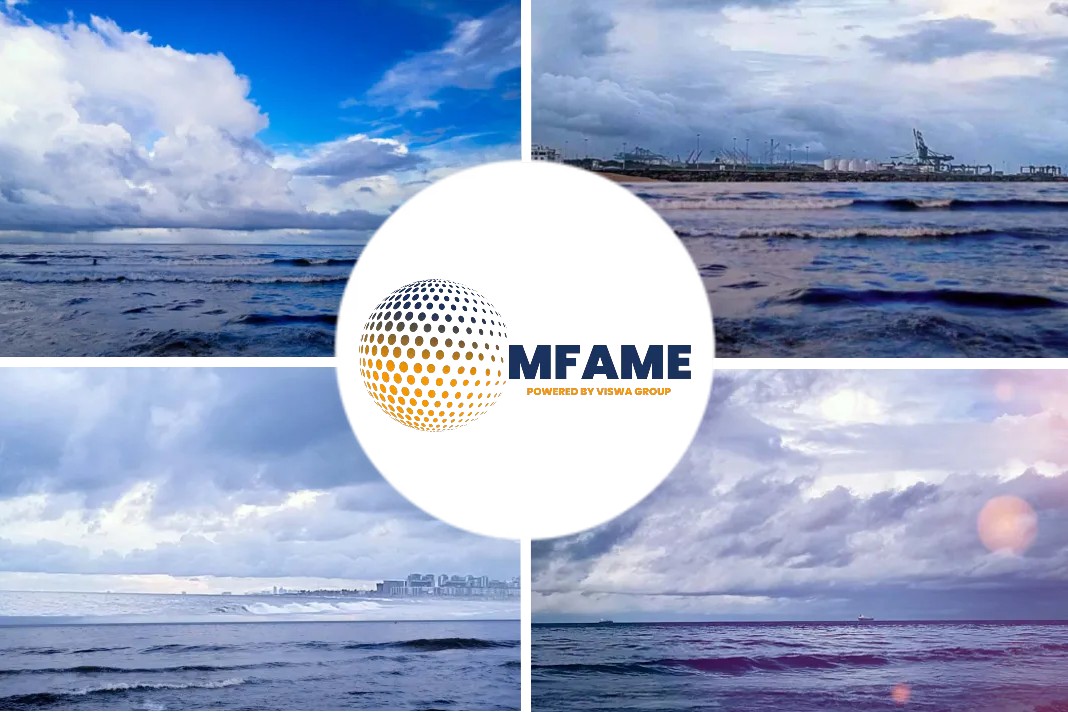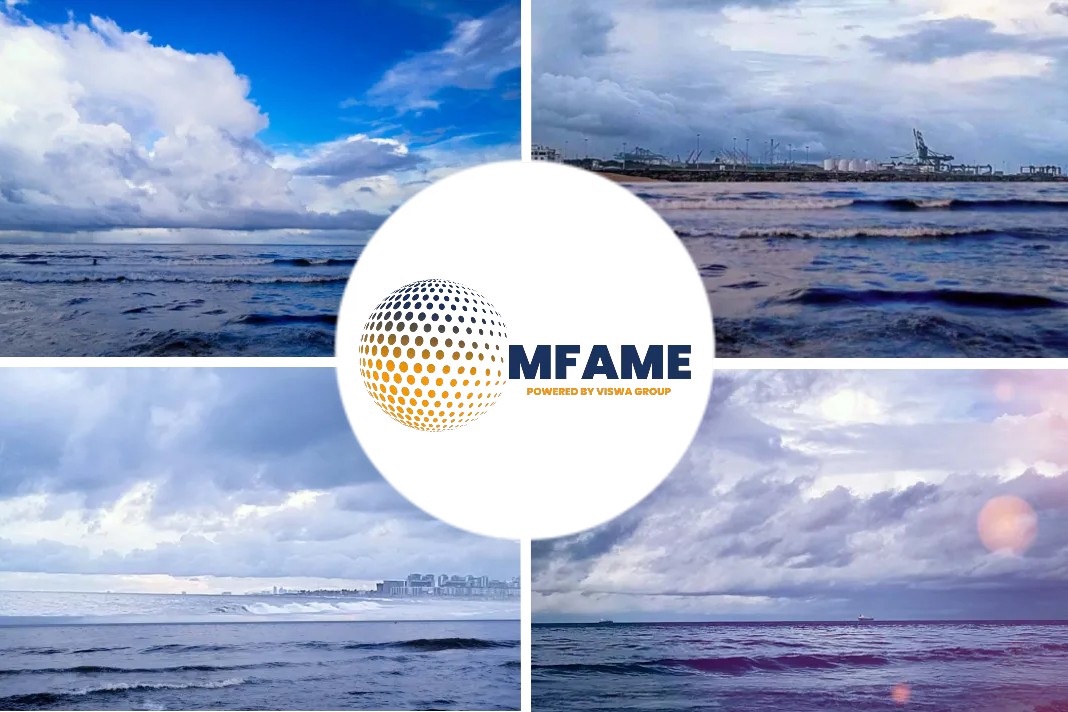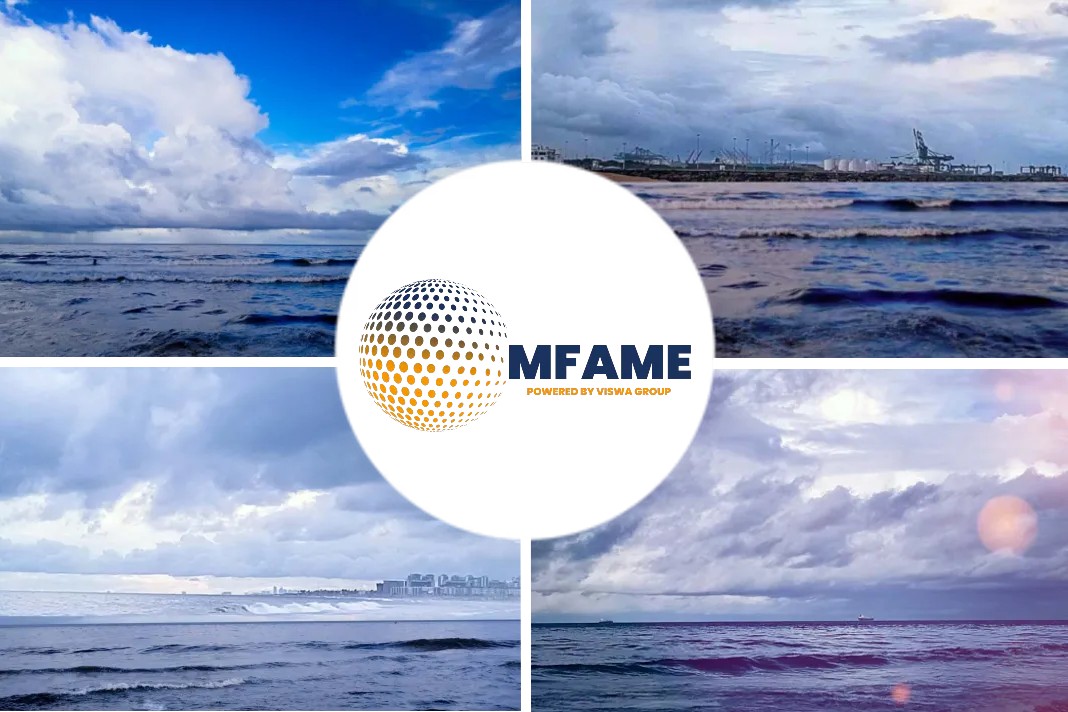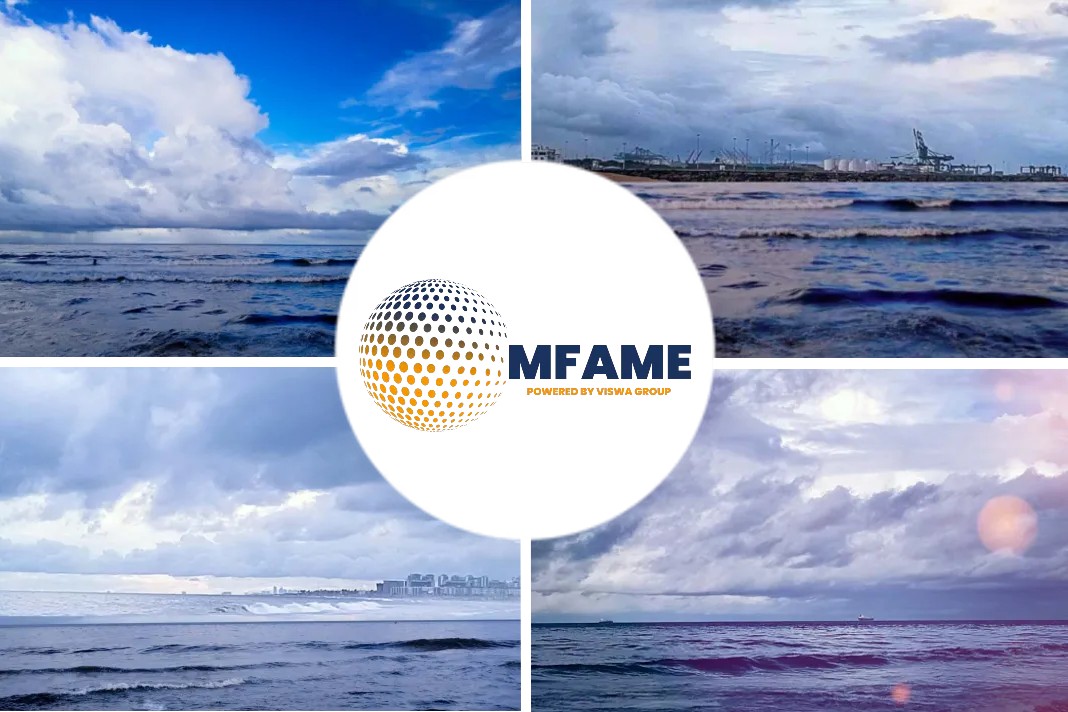- Turbulent markets have left investors lacking clarity in many areas.
- But one area that allows us to see months, even years, into the future is the supply side.
- Not only does provide longer term clarity but it also often plays a key role in shipping’s fortunes. So what does this key indicator tell us about the years ahead?
An article in Seeking Alpha, by James Catlin, looks at the supply side which includes vessels on the water, asset values, ages, demolition potential, the current orderbook, and newbuild trends.
This will help to determine potential net fleet growth, or negative net fleet growth, as well as how this may play into the demand side.
Crude tankers
Crude tankers come in a variety of sizes and uses, but at VIE typically three main classes are discussed; Aframax, Suezmax, and Very Large Crude Carriers, or VLCCs which can carry about 750k, 1m, and 2m bbl of oil, respectively.
These vessels typically deal in a relatively inelastic product making for consistent and predictable demand-side gains. But recent Black Swan events (C19 and Saudi Arabia flooding the market with crude before retreating) have made for some very exciting times.
Nevertheless, two things can be certain; demand normalization will occur again and when it does the supply side will dominate the outlook once more.
It’s important to review a key concept; the relationship between vessel deliveries and future rates.
Notice the inverse correlation between vessel deliveries and time charter rates – with a bit of a lag time. This is because the collective shift, composed of individual players, takes some time to actually play out in the market at large. In other words, macro moves slowly.
Therefore, individual vessel additions don’t immediately impact the collective market and a slowing of deliveries must see the market absorb surplus tonnage before any market improvement can be witnessed.
A lot of tonnage has hit the market. But, when it comes to crude tankers, it’s likely that this influx should be perceived as a sort of 2002 type event rather than a 2008 type situation. Again, look at the chart to see the radically different rate outcomes.
The supply side is a key component in making this determination regarding the expected outcome.
VLCCs
Let’s also point out the build times for these vessels can be as short as 18 months, but are usually at least two years on average. Meaning we are rapidly closing in on 2022 potentially being the lightest delivery year in decades. In fact, the four most recent VLCCs ordered have September and October 2022 as their delivery dates.
A total of fifteen more vessels are expected to hit the water before the end of Q3, leaving 17 deliveries for the final quarter. These heavy deliveries will likely influence Q1 of 2021 – which typically suffers from seasonal weakness already.
But, after that, the pace of deliveries is set to drop off significantly. While 2020 is expected to see approximately 4 vessels per month on average, 2021 will be closer to 2.5/month, a nearly 40% drop.
The year 2021 is likely set in stone at this point with the exception of slippage from 2020, which given the back weighted delivery schedule is likely to some degree.
Meaning post-refinery maintenance season in 2021 is when things should get really interesting – and by interesting I mean we should be witnessing the impact of an economy (hopefully) engaging in a meaningful recovery while crude tankers are seeing the lowest supply additions in years.
The obvious conclusion would be rates moving higher, yes, but that’s too easy. Let’s go one step further here and discuss vessels.
In bull markets, second-hand assets see more price movement because owners are willing to pay a premium for vessels producing cash in the immediate future as well as the foreseeable short term.
Life is full of irony and shipping has known its fair share. So, in another of fate’s twists, the once-maligned tonnage introduced in 2008-2011, which has mostly suffered the slings and arrows of outrageous fortune over the past decade, could become the most coveted vessel groups come this next bull cycle.
As 2022 begins these ships will be 11 to 14 years old, approaching the ages where we tend to see the wildest swings in asset values due to shifts in market rates. These wild shifts occur because the value of those vessels, due to their short remaining life, is more closely tied to the immediate market.
Furthermore, older vessels typically require less investment risk and they are backed up by demolition values. These demo values typically strengthen during bullish global macroeconomic (or economic recovery) times as they are correlated to scrap steel prices.
The consequence here is that a significant portion of tonnage on the water could actually become quite a bit more valuable if a bull market does materialize in 2022 due to thinning vessel supply.
For context, below is a chart showing the relationship between VLCC asset values and time charter rates.
Here’s a close up of the more recent months from the chart above showing the massive increase in rates but with very minimal asset value movement.
What’s further reinforcing these longer term bullish expectations are an ongoing aversion to placing newbuild orders.
Given that the recent economic collapse has placed a premium on strong balance sheets (just look at broad market stock price performance for proof), newbuild orders may continue to take a back seat in favor of financial stewardship.
Aside from that, we have seen the prospect of IMO 2030 coming into play which will likely address particulate matter and carbon emissions.
This (hopeful) lack of newbuilding will compliment an aging fleet that has ample demolition prospects ahead.
With prospects and rates improving, starting in 2018, we can see that the average age for demolition has increased a bit.
If rates remain in firmly profitable territory it might be tough to conjure up some demo candidates. Nevertheless, out of the vessels cited above, here are the most likely prospects.
Above we see VLCC vessel numbers that are built on or before 2005 with special surveys due by December 31, 2020, and have no scrubbers.
Already less competitive due to their age and now due to having to use the more expensive compliant low sulfur fuel starting in 2020, many of these 20-25-year-old vessels that face expensive special surveys are probably being discussed as demo candidates – especially with a renewed focus on balance sheets.
Finally, before we leave VLCCs there was a question on Value Investor’s Edge regarding Chinese built VLCCs and if they could present more favorable scrapping options due to the widely accepted idea that China’s earliest builds were inferior to Japan and S. Korea.
This idea does carry some weight and it is reflected in asset prices which see a 2005 China built VLCC trading at approximately $32m whereas Japan and S. Korean comparable tonnage is trading at $35m – an approximate 10% premium.
Suezmaxes
For proof of not only the cyclical nature of the supply side (and consequently the industry) but also the inverse correlation between supply growth and TC rates, look to the Suezmax class.
Below we see that future deliveries are expected to remain acceptable over the foreseeable future in terms of numbers.
However, when we break it down by quarters and months, we see that 2020 is heavily back weighted while 2021 is heavily front loaded. This means that Q3 of 2020 through Q2 of 2021 will see a greater pace of deliveries. This could prove to be a brief headwind as the market works to absorb this tonnage.
Nevertheless, the orderbook remains at a relatively thin 11.5%. We must use the term relatively as a qualifier as other tanker classes do have significantly better supply-side prospects, but for the Suezmax class, this anemic orderbook is a rarity.
However, the same factors conspiring to keep VLCC orders low are not working quite the same magic for the Suezmax class.
Suezmax asset values have made a bit of a run lately but are still nowhere near the lofty pre-Great Recession highs.
Aframaxes
At first glance all seems well with the Aframax orderbook.
At just 9.2% the orderbook is at one of its lowest points in decades.
However, Aframaxes should be preparing for a bump in the road in 2021 which is when a vast minority of this tonnage is set to hit the water.
This influx of tonnage is coming at a less than ideal time as the world will likely still be engaged in a recovery effort with demand yet to fully recover.
If there is a bright spot it’s that 27 of those expected 38 deliveries in 2021 are taking place in the second half of the year. Not only will seasonal strength help absorb this abrupt influx more smoothly but there also exists the possibility of slight delays pushing some builds out to 2022, painting a far more palatable chart.
Either way, this situation is short term while the set up for the market continues to look fairly promising from that supply side driven cyclical standpoint.
The optimistic ordering binge we experienced in 2019, as the outlook brightened and rates were climbing, was quickly extinguished in 2020. This trend falls in line with the VLCC class and smaller crude classes leading to the conclusion that the recent wave of Suezmax orders may be an anomaly, or at least one can hope.
Again, why would companies with the ability to buy numerous vessels just not go out and buy other companies with those vessels – at a 40%-50% discount in some cases currently?
Along those same lines, why would any public company trading at those massive discounts pay 100% market value for a new asset when they could repurchase their own stock at a 40%-50% discount.
Additionally, in past reports I have detailed how acquiring on the water assets is preferable during market upswings over signing contracts that produce vessels years in the future. Take all this in conjunction with factors mentioned earlier in the report and you see why I expect newbuilds should be out of vogue for a variety of reasons right now.
The longer term chart above is a good reminder that the short term market will undergo several abrupt shifts resulting in sudden spikes and falls in rates and consequently asset values.
But over the longer run the trend comes into focus as the slow moving nature of the supply side plays out in a market defined by relatively inelastic demand.
Demolition potential is where things get interesting. Like the VLCC class, we have a slightly older fleet that will be seeing many candidates emerge in the medium term.
Conclusion
Looking back at the time, particularly at VLCCs, it was tough not to place orders. Discounts at starving shipyards were tantalizing and ship owners are not known to pass on a deal – especially the once in a lifetime “buy two VLCCs and get the third for free” type pricing.
But things are different now. Vessel prices have normalized and what is currently askew are some stock prices relative to NAV as well as future earnings potential.
Therefore, the ‘special situation‘ going forward is found in heavily discounted publicly traded companies – if owners are able to recognize a bargain that doesn’t involve the newbuild market.
Consolidation and stock buybacks should dominate undervalued companies – while those trading well above NAV might want to take into consideration share offerings to acquire deeply discounted competitors.
That long winded point and side note lead back to the very simple conclusion that the crude tanker orderbook is presenting its most bullish outlook in many years.
Sufficient demolition potential exists among all classes to act as a relief valve if need be while organic market retirements should manage to keep most foreseeable net fleet growth in the acceptable range – with the exception of brief periods discussed above.
Asset values seem to be lagging the latest move in time charter rates, perhaps waiting for a bit of longer term confirmation as this rate move coincided with a massive global shock.
Again, the steady pace of asset movements is perhaps a much better indicator of longer term market trends rather than spot rate movements which can be subject to greater volatility.
That trend has been pointing up since mid 2018 and the supply side outlook suggests that if demand normalization occurs, we should continue on route to a very positive market.
Did you subscribe to our daily newsletter?
It’s Free! Click here to Subscribe!
Source: Seeking Alpha






